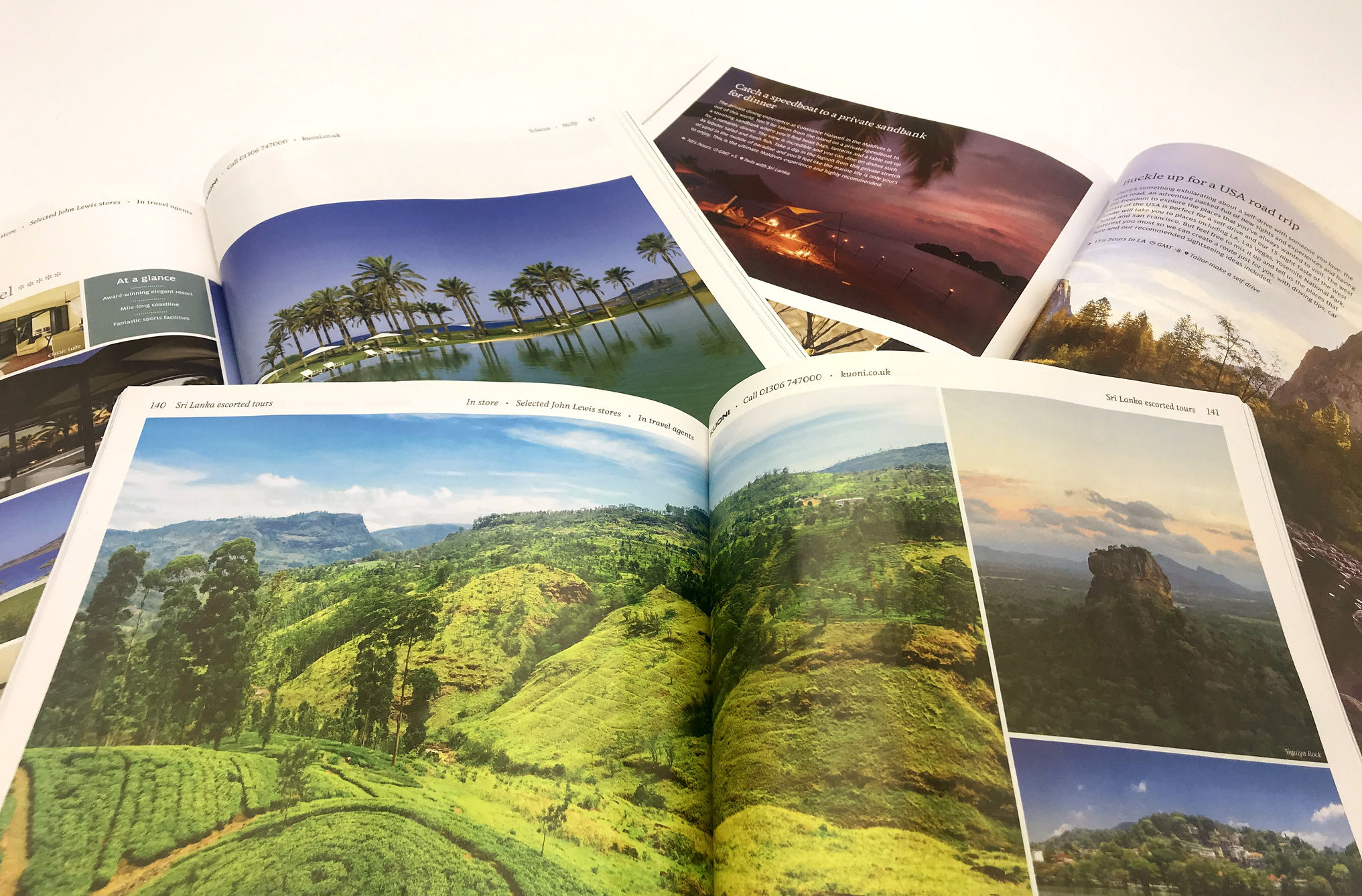The Slow Fade: Why Consumer Travel Media Is Obsolete

Skift Take
This is the eighth in a series of video diaries I am doing while spending time in Morocco for a family commitment. I am experimenting with this video diary format to share my thoughts on the travel industry through the lens of my stay here.
Here’s the first one, which was on preserving authenticity in a digital age; the second one, on the renewed importance of visiting-friends-and-relatives travel in a globally mobile world; the third one on the rise of the individual vs. brands and what it means for travel leadership; the fourth one, on the joys of traveling with family in collectivist societies; the fifth one, on the missed opportunity for morning and night tourism; the sixth one, on how tourism flattens food cultures; and the seventh one, on my obsession with local hospitality concepts like Riads in Morocco, Gers in Mongolia, and Ryokans in Japan.
The eight one is below. It won't win me any fans but needs to be said. If you aren’t able to view the video properly here, check it out directly on my LinkedIn post.
The Slow Fade of Consumer Travel Media
It’s a gorgeous morning here in Casablanca — raining slightly, somewhat chilly, and there’s even a fading rainbow behind me. But I’m not here to talk about the weather. I want to discuss something else that’s fading: the entire sector of consumer travel media. In my view, consumer travel media as we’ve known it is completely obsolete.
How We Got Here
Mainstream media, in many ways, has already shown signs of obsolescence. For travel media, the decline started even earlier, disrupted thoroughly by the internet. Today, travel magazines—particularly those in Europe and across the West—are little more than hollow shells of what they once were. They’ve devolved into nothing more than brochures catering to PR professionals, who seem to be the only ones still paying attention.
Whether in print or online, these outlets have become churning SEO machines, offering little real substance to readers. Instead of providing insight or genuine inspiration, they serve merely as vehicles for PR-driven mentions, ensuring that clients feel good seeing their names featured somewhere—anywhere—even if no one is truly reading.
Why PR Keeps These Outlets Alive
The primary reason these magazines persist is the PR industry’s need for tangible “clips” to justify their existence. Much like niche business TV channels that few people actually watch, these travel publications survive as platforms for PR professionals to showcase their clients. It’s a strange cycle of mutual convenience, where magazines get cheap content and PR agencies get something to show their clients. Meanwhile, actual readers have moved on, finding more compelling and authentic voices elsewhere.
The Other Side: Travel Guidebooks
What about travel guidebook publishers like Lonely Planet? They’ve also been reduced to shells of their former selves. Although these brands still hold some small pockets of value—perhaps for certain destinations or specific audiences—their influence has waned dramatically. The once-popular “Best of” lists and annual rankings they, and others, produce have become random and uninspiring, lacking any rigorous methodology or meaningful insight.
I tried to bring some structure to these ubiquitous year-end lists by copying them into a single document and using AI tools like ChatGPT, Claude, and Gemini to find patterns or insights. The result was a disappointing mess of randomness. With so many freelancers contributing disparate picks—without investment from the publications themselves—there’s no coherent narrative or editorial voice. Even the AI tools struggled to identify anything truly meaningful. If cutting-edge technology can’t extract value, what does that say about the quality of these lists?
The Rise of Real Voices Over Brands
We must acknowledge that individuals now carry more weight than legacy brands in the travel media space. Influencers—whether we like the term or not—have emerged as trusted voices. Podcasters, YouTubers, and other content creators connect directly with audiences, delivering authenticity in ways traditional magazines can’t match. Friends and family recommendations carry more clout than any glossy magazine spread. It’s these personal voices, not formal editorial brands, that shape travel decisions today.
A Call to Move On
It’s time to retire the old lists and bid farewell to a model of travel media that has long since lost its relevance. These magazines have become PR rags, justifying the industry’s existence without offering real value. Travel brands and destinations, as well as the people who create and run them, need to be more direct and authentic in how they communicate. They should stand up and engage with audiences honestly, providing genuine insight rather than empty gloss.
As someone who has devoted much of my life to media, it pains me to say this. But I must be frank: travel media, in its current incarnation, is dead. The world has changed, and it’s time for us to move on.





